Presentation
Pelvic pain and mass-like feeling on physical examination.
Patient Data
Age: 50 years
Gender: Female
From the case:
Papillary serous cystadenocarcinoma of ovary
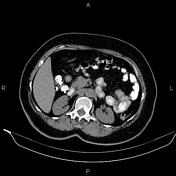



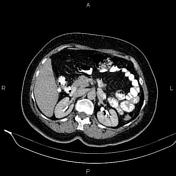

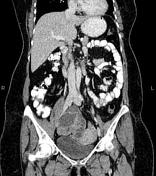

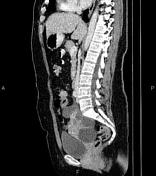

Download
Info
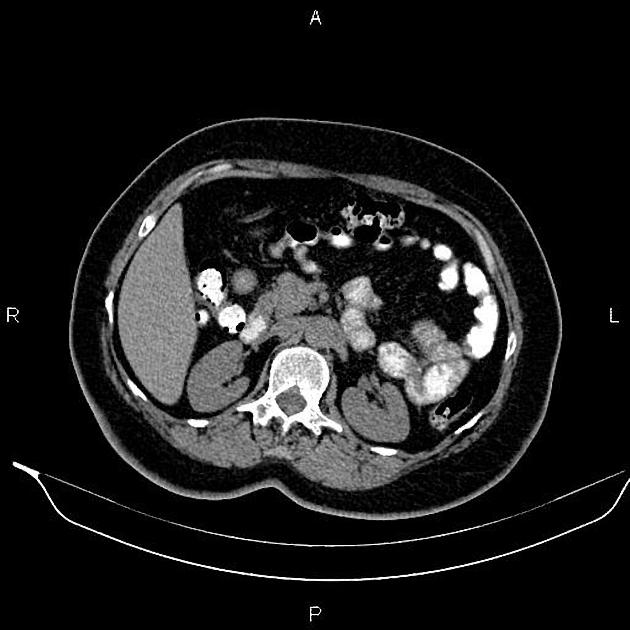
A 96×91 mm thick-walled cystic mass with enhancing solid components is noted in the right adnexa. The right ovary could not be identified separately from the above-mentioned mass.
Some free fluid is seen at pelvic cavity.
Case Discussion
Right ovarian cystic neoplasm; pathology proven papillary serous cystadenocarcinoma which is the malignant form of ovarian serous tumor, the most common type of ovarian epithelial tumor. It is the most common type of ovarian malignancy.




 Unable to process the form. Check for errors and try again.
Unable to process the form. Check for errors and try again.